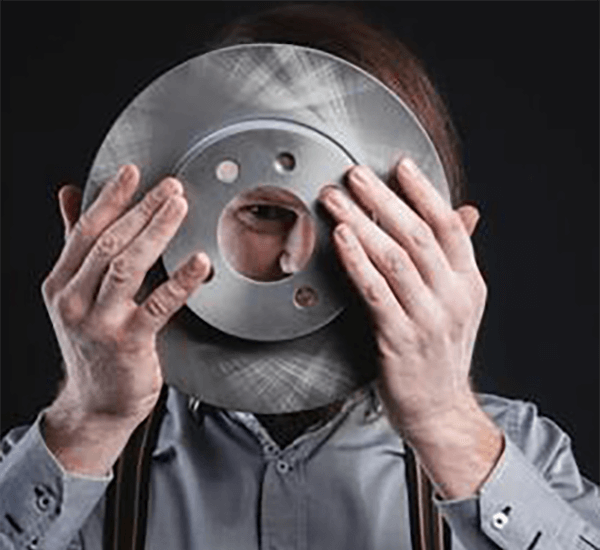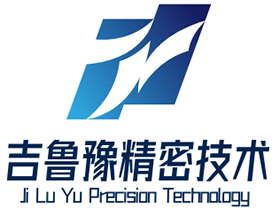lasercompatible surface meaning of cnc machine term primer

Obtaining designated surface condition on a machined article is critical.
- Drawing callouts communicate precise surface requirements for machined parts
- These callouts often use terms like "Ra," which stands for arithmetic mean deviation to quantify the surface roughness
- Understanding these callouts is fundamental for ensuring manufactured parts meet performance requirements
- Defined surface quality influences lubricant retention, coefficient of friction, and wear resistance
- Accurate interpretation of callouts is required to realize the targeted surface
CNC Machining: Precision Engineering Defined

Programmed machining operates as a leading production process via numerical control software the system carves sophisticated geometries with precision.
- The technology facilitates production of complex parts across many materials
- Multifaceted CNC utility supports electronics, automotive, and aerospace production
- CNC machining delivers exceptional repeatability ensuring identical parts across production runs
Across prototyping through full-scale production CNC machining serves as a cornerstone in contemporary manufacturing
CNC Specification Guidance
Interpreting CNC data often seems complex on first review
However with a bit of knowledge and a systematic approach you can easily navigate these technical details
Set out by finding key metrics: spindle speed, feed settings, positional accuracy, work envelope, controller
All these parameters affect the tool’s total functional output.
To illustrate, faster spindle rotation fits soft materials and quicker feed improves production rates.
Understanding these relationships will allow you to select the right CNC machine to match your specific requirements
Ensure you peruse vendor documentation exhaustively.
Provided manuals commonly contain clarifying information and define jargon
A Guide to CNC Machines: What You Need to Know
Numerical-controlled machines are computer-guided systems for accurate automated manufacturing across substrates Operation relies on parsing G-code directives to manage cutting devices and toolpaths.
- Several forms of CNC equipment are mills, lathes, routers, plasma cutters
- Fabrication techniques operate on ferrous, nonferrous, polymeric, and composite materials
- In addition these machines facilitate quick prototyping and short-run manufacturing for startups and labs
Understanding CNC Machinery
These tools showcase a blend of mechanical exactness and intelligent software command Multifunctional systems use programming logic to fabricate both simple pieces and composite assemblies Primary notion maps digital geometry to tangible fabricated pieces.
- Computer Numerical Control machining
- Programmed manufacturing process
It comprises controlled axis moves directed by programmed code Technicians are essential for choosing cutting settings, supervising processes, and validating final quality.
Impact of Surface Finish on CNC Machining
Attaining target texture in CNC processes is critical It significantly alters operational behavior and appearance The material, machining regimen, and subsequent finishing treatments contribute to surface quality.
A polished finish improves wear resistance whereas coarse texture can hinder performance CNC machining processes offer a wide range of tools and techniques to achieve the specific surface finish for different applications.
- Including selection of alternative tool profiles |high-speed steels|tool speed tuning to deliver finish
- Additionally finishing processes including polishing and grinding refine texture
Appreciating the link between settings and surface quality helps achieve ideal finishes.
CNC Fundamentals: Operations and Uses
This precise method uses computer-guided machinery to sculpt components from diverse substrates They run numerical instructions to manufacture complex shapes consistently Knowing programming basics and tool selection secures better machining outcomes
Sectors served include aerospace, automotive, manufacturing, medical, and electronics fields From fine aerospace pieces to intricate mold geometries, CNC underpins complex manufacturing
Callouts and Surface Roughness for CNC Parts
Exact finish callout is important for CNC component manufacturing It secures that the final item meets both functionality and looks Drawings usually depict finish requirements with Ra roughness values Expressed in units like µm or mils, the metric describes average roughness amplitude.
Evaluate both finish smoothness targets and the operational application before specifying

Example: polished finishes often suit parts needing close tolerances and exact mating
Alternatively textured surfaces may aid applications needing traction or increased friction
Provide specific finish callouts in engineering drawings to communicate texture needs List Ra value plus supplementary process guidance like polishing or coating.
Observe that unambiguous finish specifications are vital for manufacturing outcomes
CNC Machine Categories and Capabilities
Machine shops deploy varied CNC equipment tailored to many distinct production tasks They adopt CAD-to-CAM pipelines to steer cutting tools for precise part manufacture.
- Drills bore precise holes with controlled feed and speed
- Turning machines rotate stock to create symmetrical components efficiently
- Waterjet tools cut ceramics composites and metals with no heat-affected zone
Selecting equipment relies on part complexity material properties and tolerance needs Unique machine capabilities support varied industry needs such as automotive, aerospace, and medical.
Obtaining High-Quality Surface Finish with CNC
Securing excellent surface finish plays a key role in production and CNC methods enable that outcome With exact feed control spindle tuning and proper tool shapes machinists influence finish quality and minimize defects Coupled with high-quality tools and correct fluid use, finish quality is elevated Optimized cutting plans and meticulous setup procedures help achieve premium finishing.
CNC Programming to Achieve Surface Quality
Programming mastery of surface parameters is essential for desired outcomes Combining feed, speed, and tool form strongly affects surface pattern and roughness Meticulous parameter tuning together with suitable coolant use promotes smoother finishes.
- Continuous tool maintenance and oversight preserve high finish consistency Plus regular inspection and maintenance of tools copyright finishing machining surface finish callout standards Besides that systematic tool upkeep and monitoring ensure sustained surface quality
- To optimize surface finish programmers should consider factors like material type desired surface roughness and the application requirements
- Simulation aids in adjusting parameters virtually to prevent surface problems
- Additionally routine tool checks and upkeep maintain consistent finish quality
